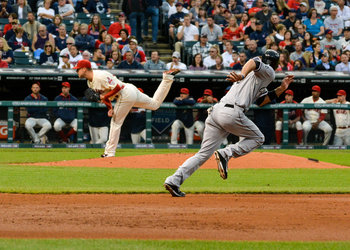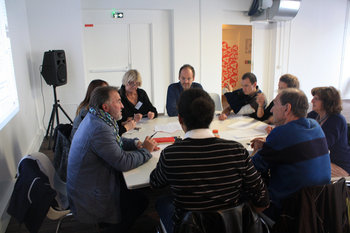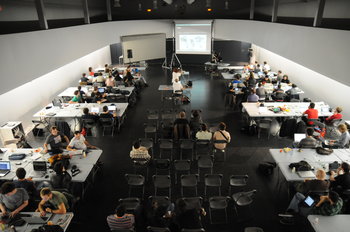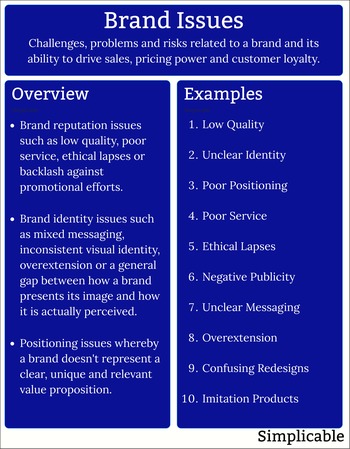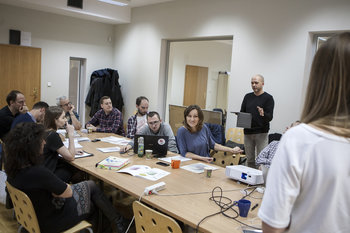
Leader Decision
The leader makes the decision and announces it to the group. They may gather information from the group but don't consult the group regarding the decision itself. For example, an IT manager who decides a legacy technology needs to be phased out without consulting the team. A leader decision may be optimal in the following situations.Group decision making is likely to trigger unproductive politics | Inclusive decision making is not likely to reduce resistance |
Leader has the expertise to make the decision | Required action is clear |
Resistance not expected | Team lacks the expertise that would be helpful to the decision |
Individual Consultation
The leader consults individual members of the group to make a decision. The decision is made by the leader who may or may not use the input collected. For example, a software architect who makes design decisions by consulting various technology specialists. The specialists don't have the overall view required to make architectural decisions but are helpful in understanding aspects of the problem. This may work out where:Leader knows what they are doing | Resistance not expected |
Team has valuable expertise | Team lacks ability to make decision as a group |
Group Consultation
The leader makes the decision but consults the entire team. This is done where the team has valuable expertise and the problem is complex enough to benefit from various perspectives and debate. Alternatively, group consultation may be chosen to reduce anticipated resistance to the decision. Teams that feel consulted are less likely to offer resistance. For example, a restaurant manager who is considering extending the restaurant's hours who collects feedback about this plan from staff, particularly regarding if they are willing to work extended shifts. This can make sense where any of these conditions apply:Leader knows what they are doing | Negotiation with team is required for solution acceptance |
Problem is complex with uncertain solution | Resistance is expected |
Team has valuable expertise | Team lacks ability to make decision as a group |
Facilitation
The leader allows a group to make the decision but facilitates the process. This may include making the decision if the group is unable to reach consensus. For example, a CEO who asks their executive team to decide on a disaster recovery strategy.Decision requires multiple types of talent, perspective and knowledge | Negotiation with team is required for solution acceptance |
Problem is complex with uncertain solution | Resistance is expected |
Team has the ability to make decision as a group | Team has valuable expertise |
Delegation
The leader delegates the decision to an individual or group. The leader may or may not review the decision or override the decision if it is perceived as unsatisfactory.Decision benefits from creative freedom | Decision is non-critical or routine |
Decision needs to be made efficiently | Team can make decision competently and independently |
| Overview: Normative Decision Making | ||
Type | ||
Definition | A model of five different modes of decision making that are appropriate for different situations. | |
Decision Modes | Leader DecisionIndividual ConsultationGroup ConsultationFacilitationDelegation | |
Attributed To | Victor Vroom of Yale University | |
Related Concepts | ||
















